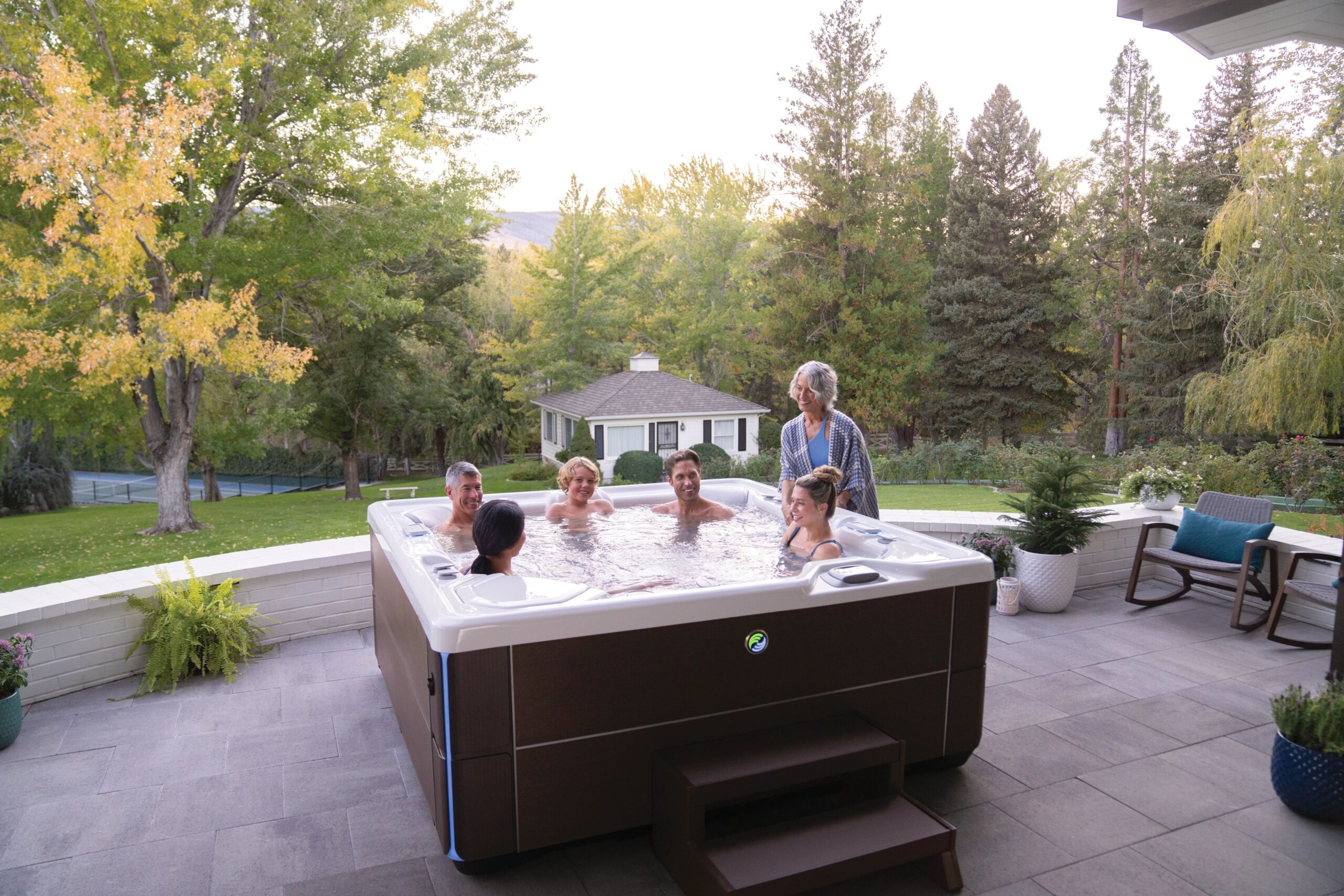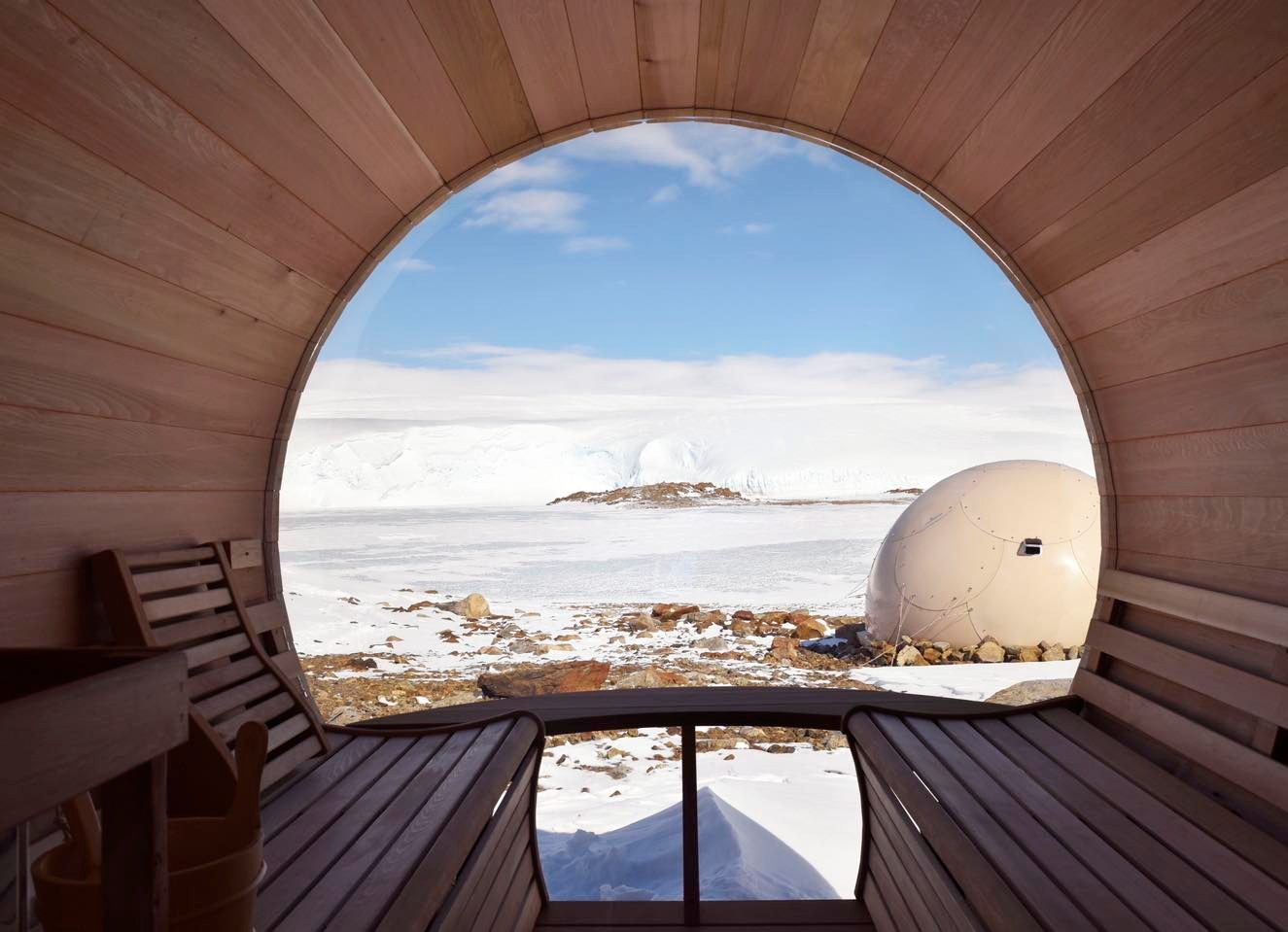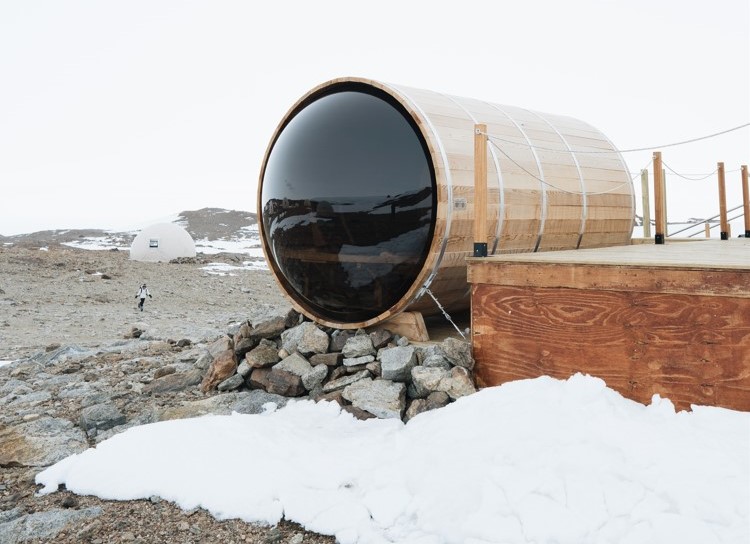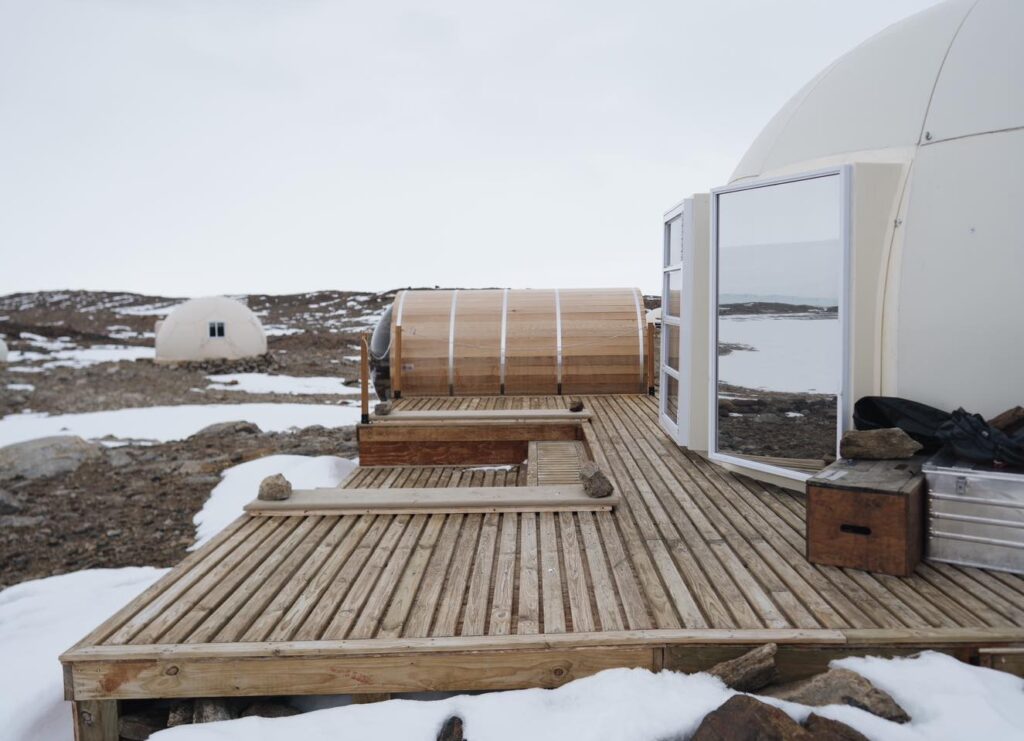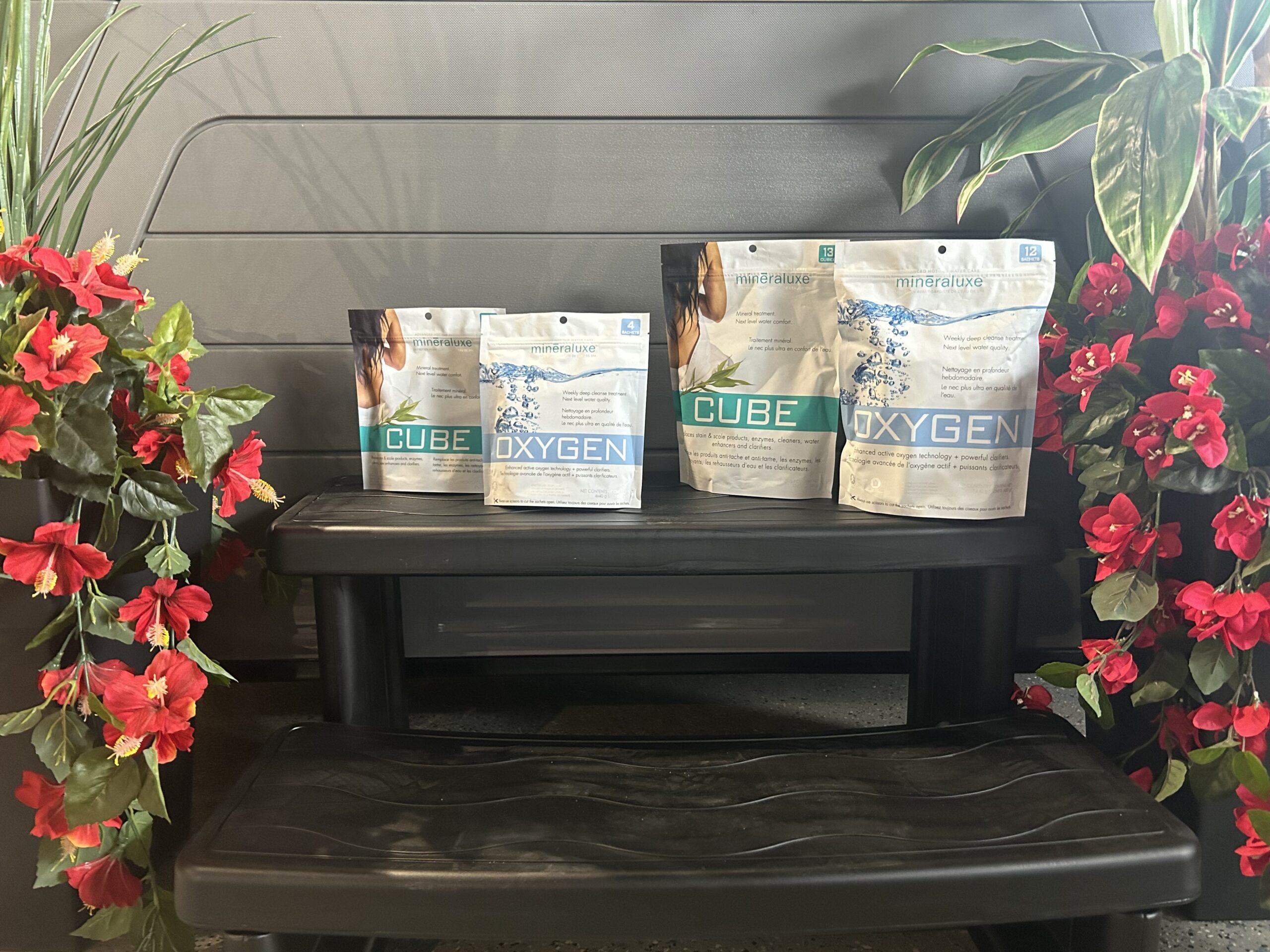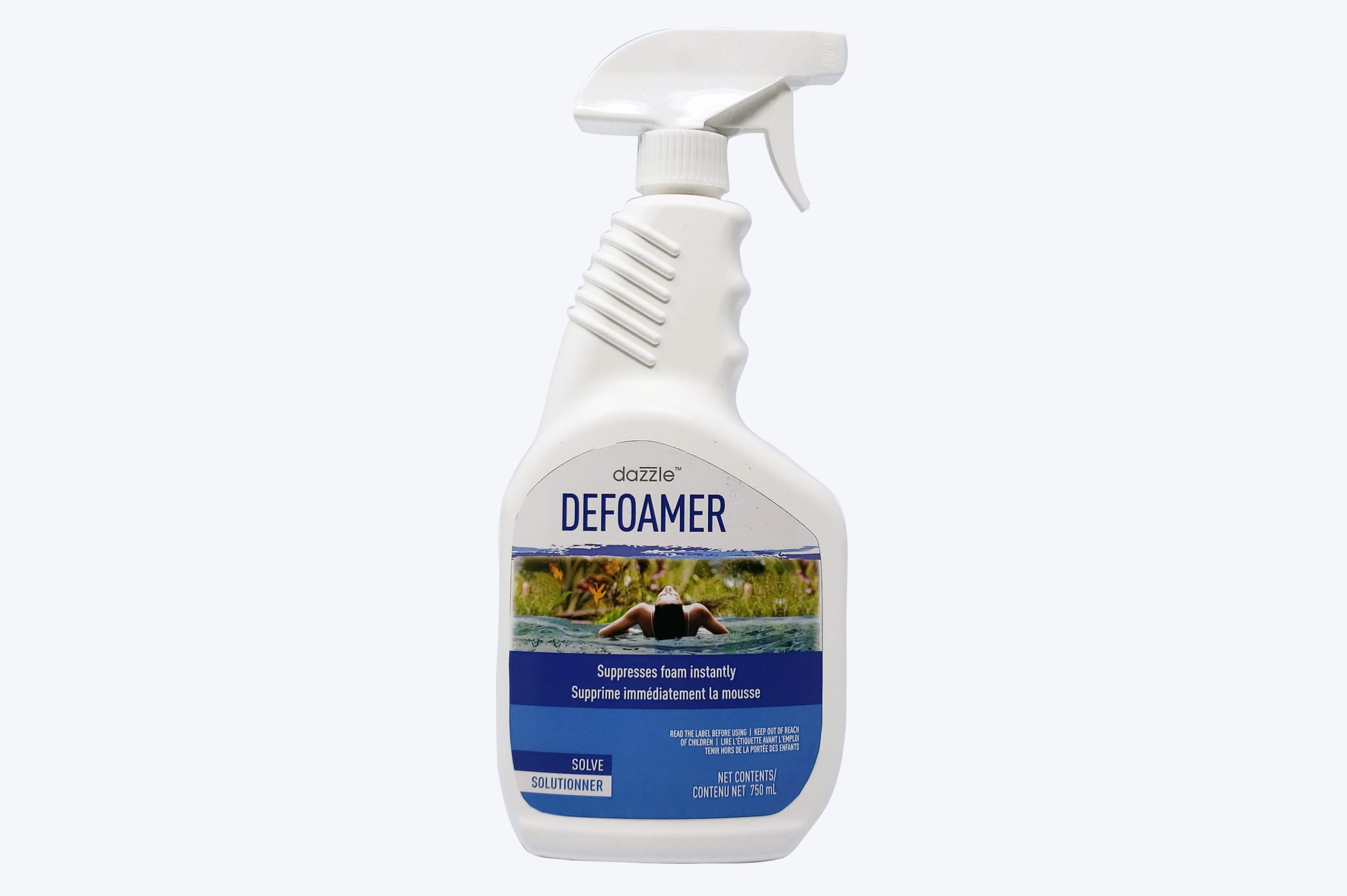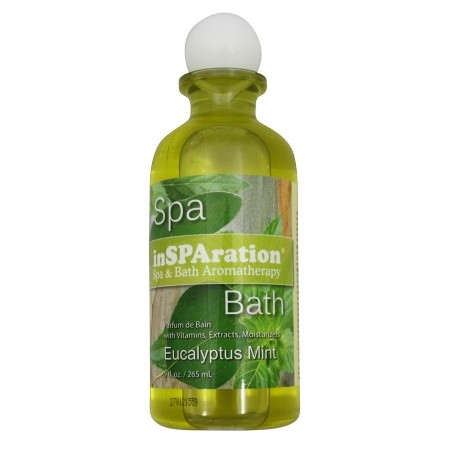
This holiday season, give the gift of relaxation, wellness, and warmth with a hot tub, cold plunge, sauna, or firepit. Whether it’s a soothing soak in a hot tub after a long day, the invigorating health benefits of a cold plunge, the rejuvenating experience of a sauna, or the cozy ambiance of a crackling firepit, these gifts are perfect for creating lasting memories with loved ones. Thoughtful and extraordinary, these luxurious items go beyond traditional gifts, offering comfort and connection for years to come. Show someone special how much they mean to you by gifting the ultimate in relaxation and enjoyment this Christmas.

